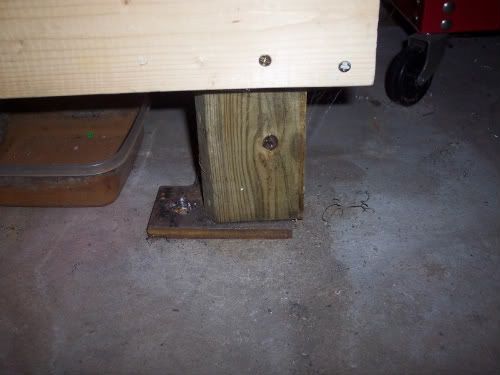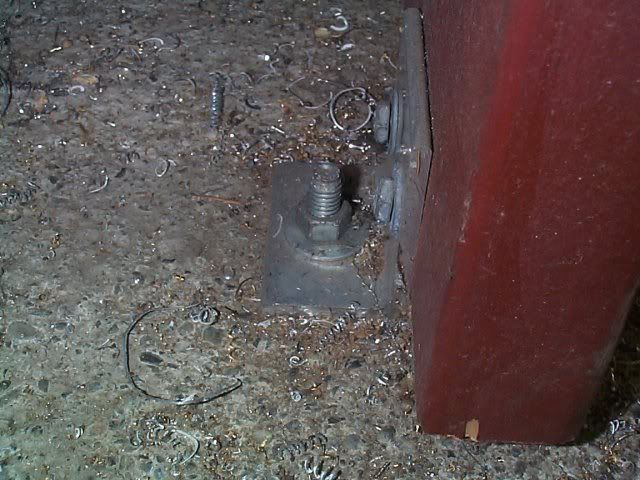Twmaster
Well-Known Member
- Joined
- Oct 24, 2009
- Messages
- 917
- Reaction score
- 3
Ok, I almost feel like a numpty for asking this. But I'll go forth anyhow!
I'm about to build another workbench in my shop to mount my Atlas lathe to. When I built the bench for my Taig mill leveling was, in a word, painful.
Raise here, raise there. Oh foo, now that's outta whack, lower this, raise that. Good golly.
Is there a recommended procedure to accomplish this with a minimum amount of keystone cop hilarity?
My new bench will have (my) shop made leveling feet to aide in the task. I have a decent 4 foot carpenter's level to aide me as well.
Something like, oh, start at high point... go to this corner... etc.
I did search the Great Google but all it came up with was well off topic drek. If I am making too much of this just smile, pat me on the head and set me in the corner....
Thanks in advance.
I'm about to build another workbench in my shop to mount my Atlas lathe to. When I built the bench for my Taig mill leveling was, in a word, painful.
Raise here, raise there. Oh foo, now that's outta whack, lower this, raise that. Good golly.
Is there a recommended procedure to accomplish this with a minimum amount of keystone cop hilarity?
My new bench will have (my) shop made leveling feet to aide in the task. I have a decent 4 foot carpenter's level to aide me as well.
Something like, oh, start at high point... go to this corner... etc.
I did search the Great Google but all it came up with was well off topic drek. If I am making too much of this just smile, pat me on the head and set me in the corner....
Thanks in advance.






